Let’s face it—your website might be leaking money right now.
You’re investing heavily in traffic—whether through Google Ads, SEO, or social campaigns. Visitors land on your site, browse for a few seconds, and then… leave. No purchases. No form fills. No signups. Just wasted ad spend and lost revenue opportunities.
The problem isn’t always your product or your traffic quality. Often, it’s your website experience that’s letting people slip through the cracks. And that’s exactly where a conversion rate optimization (CRO) strategy can change everything.
But here’s the thing: CRO isn’t about making random tweaks like testing button colors or swapping headline fonts. That’s guesswork. A real CRO strategy is systematic, data-driven, and continuous—a process that helps you increase revenue from the traffic you already have.
Imagine this: if you’re driving 50,000 visitors a month and your conversion rate goes up by just 1%, that could mean hundreds—or even thousands—of additional customers per month, without spending a dime more on ads.
That’s why CRO isn’t just a “nice to have” anymore—it’s a competitive necessity in 2025.
What Is a CRO Strategy?
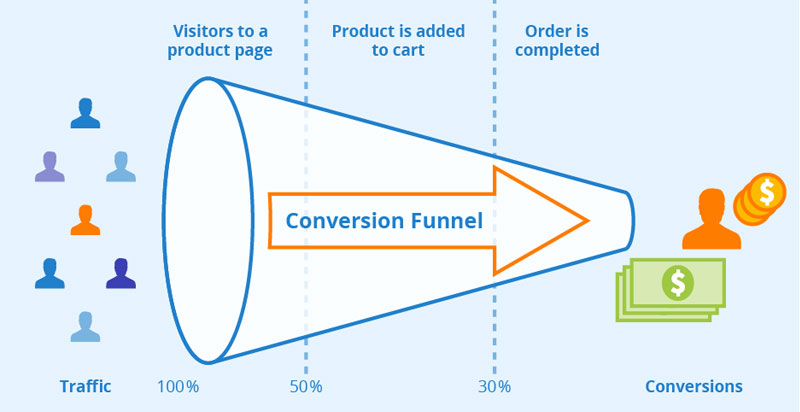
A conversion rate optimization strategy is a structured roadmap for improving your website’s ability to turn visitors into customers. It’s built on research, testing, and iterative improvement.
Rather than chasing shiny objects or making “gut-feel” changes, a CRO strategy ensures that every decision you make is:
✅ Data-backed (analytics, heatmaps, customer feedback)
✅ Tested properly (A/B testing, multivariate testing)
✅ Aligned with business goals (not vanity metrics)
✅ Ongoing (not a one-time project)
Think of CRO like compounding interest. Small improvements stack over time, creating exponential growth. Unlike paid ads that stop delivering once your budget dries up, CRO improvements become permanent upgrades to your marketing machine.
Why Conversion Rate Optimization Matters in 2025
With ad costs rising and digital competition intensifying, relying only on paid traffic is no longer sustainable. The smartest growth strategy in 2025 is to maximize ROI from the visitors you already have.
That’s where Conversion Rate Optimization (CRO) comes in. CRO improves user experience, lowers acquisition costs, and drives more sales by using first-party data and direct engagement—making it a powerful, future-proof growth engine.
Here’s why CRO is mission-critical right now:
1. It Maximizes Marketing ROI
Spending $10,000/month on ads that bring 1,000 customers at 2% conversion? That same spend brings you 1,500 customers at 3% conversion. That’s a 50% increase in revenue—without increasing costs.
2. It Delivers Compounding Gains
Unlike campaigns that reset every month, CRO changes stick. Once you improve a checkout flow or fix a confusing pricing page, the benefits continue—day and night.
3. It Improves User Experience (UX)
Google’s Helpful Content Update (2024) emphasized UX signals in rankings. Sites that load fast, reduce friction, and create clear pathways to action not only convert better but often rank better too.
4. It Strengthens Brand Trust
Every smooth, intuitive experience builds confidence. Even visitors who don’t convert immediately leave with a positive impression of your brand, making them more likely to return.
In 2025, CRO isn’t just a marketing tactic—it’s a growth multiplier across your entire business.
Step 1: Define Clear Conversion Goals
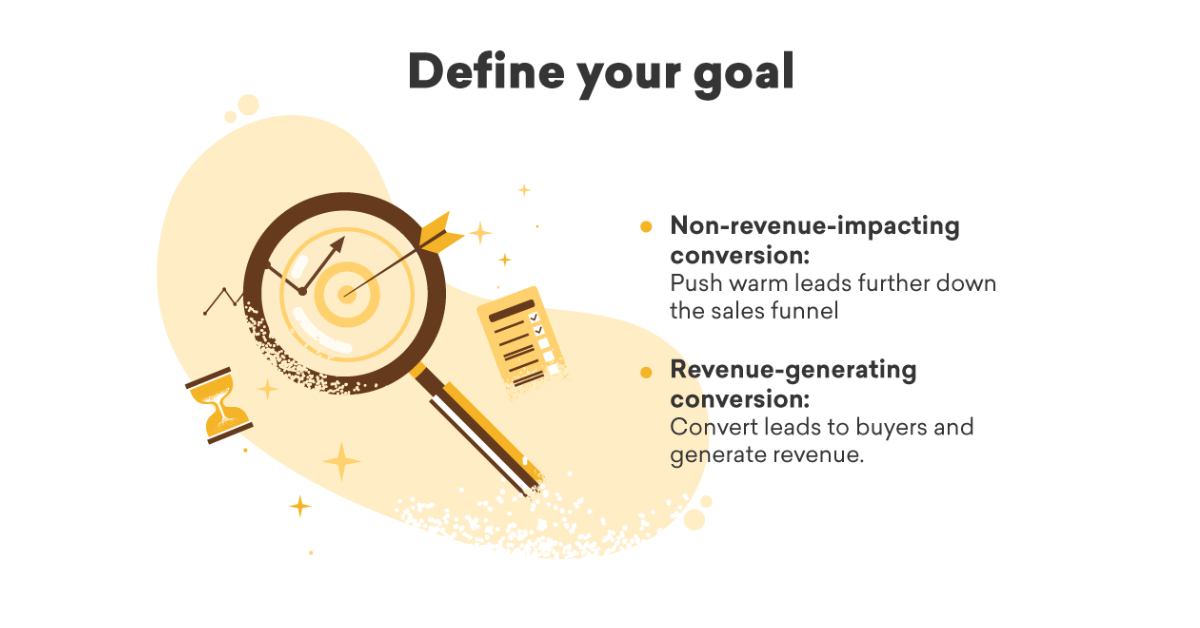
Before you can optimize, you need to define what a “conversion” means for your business.
Macro vs. Micro Conversions
- Macro conversions: purchases, trial signups, demo requests.
- Micro conversions: email opt-ins, video views, PDF downloads, webinar registrations.
👉 Pro tip: Don’t underestimate micro conversions. They’re stepping stones in the customer journey and help you capture intent earlier.
Goal Alignment with Funnel Stages
Your goals should map to where the visitor is in the buying process:
- Awareness stage (top-of-funnel): Email subscription, resource download.
- Consideration stage (mid-funnel): Free trial, demo request, webinar sign-up.
- Decision stage (bottom-of-funnel): Purchase, subscription, contract signed.
By tailoring conversion goals to funnel stages, you respect how real people make buying decisions—and avoid asking too much, too soon.
Step 2: Start With Data and User Research

CRO isn’t about guesswork—it’s about detective work.
Quantitative Research: Analytics & Funnels
Use Google Analytics 4 (GA4), Mixpanel, or Amplitude to uncover:
- High-traffic, low-converting pages (prime CRO opportunities)
- Drop-off points in checkout funnels
- Devices/segments with poor performance (e.g., mobile vs. desktop)
Example: If 65% of your traffic is mobile but mobile conversions lag 40% behind desktop, that’s a clear signal that your mobile UX needs fixing.
Behavioral Research: Heatmaps & Session Recordings
Tools like Hotjar, Microsoft Clarity, or Crazy Egg reveal exactly how users behave on your pages:
- Where do they click most often?
- How far down do they scroll?
- Which elements are ignored?
Watching session replays is like looking over your customer’s shoulder. You’ll instantly spot friction points—like confusing menus, non-clickable images, or CTAs hidden below the fold.
Qualitative Research: Voice-of-Customer Data
Data tells you what is happening. Feedback tells you why. Collect insights via:
- Exit-intent surveys: “What stopped you from completing your purchase today?”
- Customer interviews: Ask about pain points and hesitations.
- Live chat transcripts: Spot recurring confusion.
- Abandoned cart emails: Ask why they didn’t finish.
When you combine all three—analytics, behavior, and feedback—you get a complete picture of what’s blocking conversions.
Step 3: Prioritize High-Impact Pages
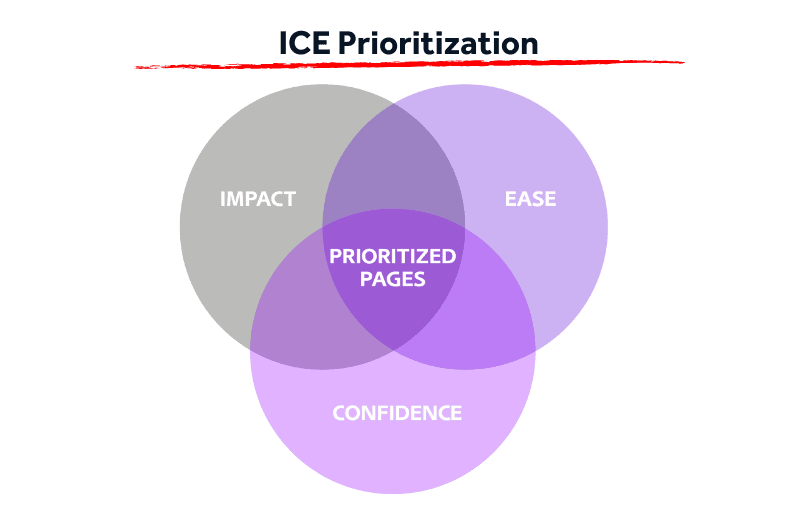
You can’t optimize everything at once. Focus on the pages that drive the most traffic and revenue.
1. Checkout & Pricing Pages
These are conversion bottlenecks. Even tiny improvements here have outsized impact.
Fixes may include:
- Adding trust signals (SSL badges, customer logos, reviews).
- Simplifying checkout (reduce form fields, add guest checkout).
- Offering multiple payment options (PayPal, Apple Pay, Klarna).
- Speeding up load times (every second of delay can reduce conversions by 7%).
- 2. Product & Service Pages
Your job: show visitors you understand their problem and offer the best solution.
Best practices:
- Lead with benefits over features.
- Add social proof near CTAs.
- Use comparison tables to highlight value vs. competitors.
- Add video demos (landing pages with video see up to 80% higher conversions).
3. Blog & Resource Pages
Blogs often attract top-of-funnel traffic but underperform at conversions. Fix that by:
- Adding content upgrades (downloadable guides, templates).
- Using smart CTAs that match content (no generic “Contact Us”).
- Deploying exit popups with relevant offers.
Step 4: Run Smart, Structured Tests

Random testing wastes resources. Smart CRO teams use a framework.
Prioritization Frameworks (ICE or PIE)
Rank experiments based on:
- Impact → How big of a lift could this generate?
- Confidence → How sure are we this will help?
- Ease → How hard is it to implement?
Example: Moving a testimonial closer to a CTA (high ease, medium impact) often beats rebuilding an entire pricing page (high effort, uncertain impact).
Test the Right Elements
High-value CRO experiments often involve:
- Headline variations (different angles/pain points).
- CTA text & placement.
- Form field length.
- Page layout & design hierarchy.
- Social proof placement.
Run A/B Tests Properly
- Test one significant change at a time.
- Run until you reach statistical significance.
- Document everything (wins and losses).
Pro tip: Use a statistical significance calculator to avoid ending tests too early.
Step 5: Make CRO a Continuous Process
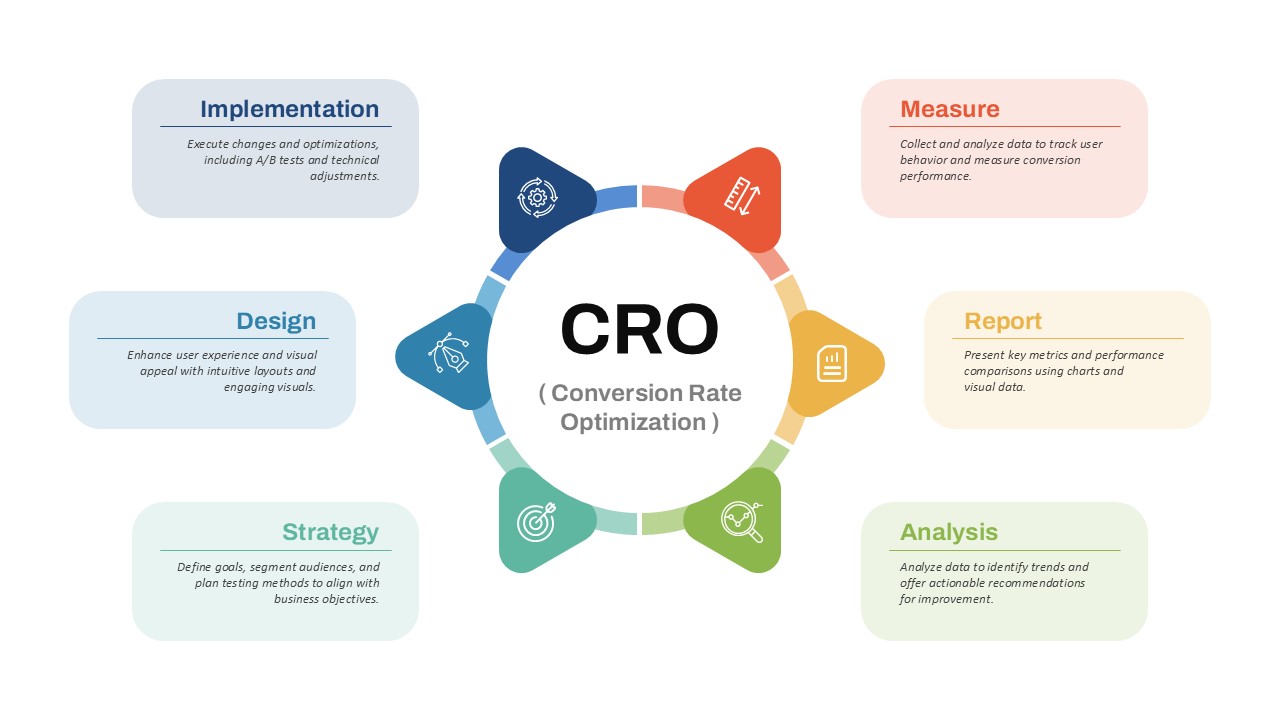
The worst mistake? Saying: “We did CRO last quarter.”
CRO isn’t a project. It’s a continuous cycle.
High-performing companies treat optimization as part of their DNA:
- Weekly CRO check-ins → Review ongoing tests.
- Bi-weekly experiments → Launch at least one test every two weeks.
- Monthly analytics reviews → Deep dive into data trends.
- Quarterly strategy resets → Plan major CRO initiatives.
And importantly—they share learnings across teams. Marketing, product, and sales all benefit from CRO insights.
👉 The companies winning in 2025 are those that embed experimentation into their culture.
Start Building Your CRO Strategy Today
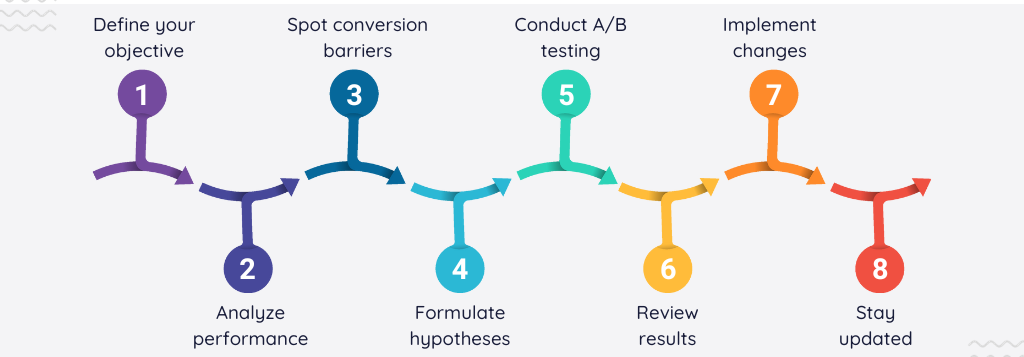
At the end of the day, CRO is about one thing: turning more visitors into customers without spending more on traffic.
You don’t need a huge team or enterprise budget to start. Some of the biggest conversion lifts come from small, consistent actions—like simplifying a form, moving a CTA, or clarifying your value proposition.
Your first step:
- Pick one high-traffic, low-converting page.
- Define a clear goal (form fills, purchases, signups).
- Launch a test based on data—not guesswork.
Over time, these small wins compound into massive revenue growth.
FAQs About CRO
1. What’s a good conversion rate in 2025?
Benchmarks vary:
- Ecommerce product pages: 1–3%
- SaaS free trial signups: 3–5%
- Landing pages: 5–8%
But don’t chase averages—focus on improving your own baseline.
2. How does CRO impact ROI?
If you’re at 2% conversion and move to 3%, that’s a 50% lift in results—without extra ad spend. CRO multiplies ROI across SEO, PPC, email, and social.
3. Why is understanding your audience key to CRO?
You can’t convert what you don’t understand. Audience research informs your messaging, UX, and offer strategy. Example: A B2B SaaS company boosted demo requests 40% by highlighting speed of implementation—their audience’s #1 concern.
4. How do I optimize existing traffic?
Start with your highest-traffic, lowest-converting pages. Simplify forms, improve page speed, use targeted CTAs, and add social proof.
5. What makes a CRO strategy successful long term?
Consistency. The best programs:
- Run regular tests
- Document insights
- Share learnings across teams
- Adapt continuously as audiences evolve
Final Thoughts
Conversion rate optimization isn’t about tricks—it’s about building a system of continuous improvement.
When you commit to CRO, you stop wasting traffic and start maximizing revenue. And in 2025, when competition for attention is fiercer than ever, a well-executed CRO strategy could be the single most important growth lever for your business.
👉 The secret isn’t finding one magic tactic. It’s building a machine that tests, learns, and improves—month after month, year after year.


